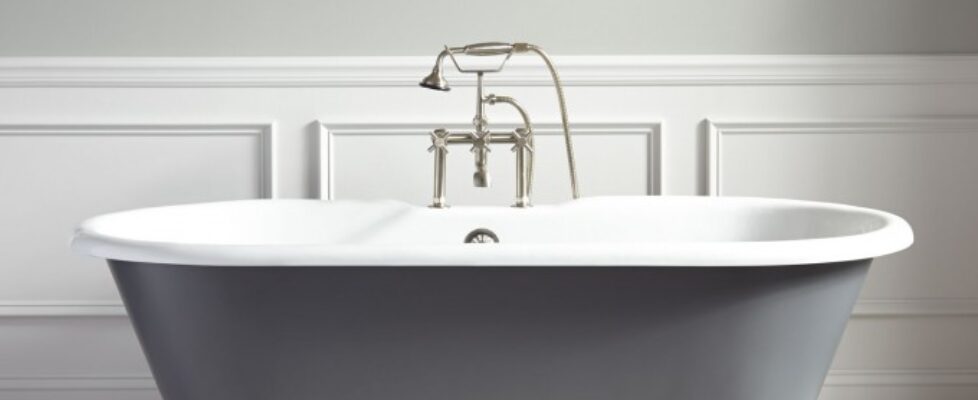Anatomy of a Bathtub and How to Install a Replacement
Bathtubs come in dimensions. Before buying a new bathtub it is highly recommended to check the dimensions so that it fits exactly in the same spot as the older one. With very large tubs it is important to create more room for it to fit if the bathroom is smaller or remove other bathroom fixtures. The main difference between a bathtub and a basin is a bathtub is large and heavy which makes it difficult to access the plumbing during installation.
Removing a bathtub
Decorative cast iron tubs can be broken down using sledge hammer and the materials recycled. When doing this you should wear protective googles, ear protectors and gloves. Acrylic and fiber glass tubs don’t have contact with the concrete slab at the bottom so they need special care. You should also make sure there is enough room to fit the bathtub through the doorway before you begin.
Start by turning off the water and opening a faucet below the tub level to drain the water supply lines. If the bathtub is between two walls you should disconnect the piping and pull the tub out. Freestanding bathtub is easier to remove and pulling the tub out.
Installing bathtubs
It is recommended that your selection should exactly fit in the old bathroom space before installing a new bathtub. You should also make sure it is apron styled and the drain is on the same side. This will prevent you from modifying the new bathtub if it is not an exact fit. Cement backer board is used under tiles in the bathtub to prevent mold problems and for moisture protection since most drywall can’t handle extreme moisture.
Insulating around the bathtubs is important to prevent heat from the water leaving rapidly. You can place pieces of fiber glass batts around the tub and fill all voids but don’t pack it tight to allow it to expand naturally out of the wrapper.
First start by measuring and marking the location of the bathtub ledger then attach the ledger board. Dry fit the drain and water supply pipes then install the rubber gasket on the bathtub overflow tube and attach it to the tub. Apply plumbers putty around the drain flange and attach the drain to the bath tubing using screws for securing it in place. Then use needle pliers to connect the stopper chain mechanism to the stopper fit and secure it using the fittings provided. Lift the bathtub and insert the drain and water pipe assembly into the drain, nail the flange to the wall stubs and make sure the bathtubs are level then finish the surrounding walls.
Lastly most tub manufactures provide written installation instructions, make sure you go through to make sure the bathtub is set properly.



